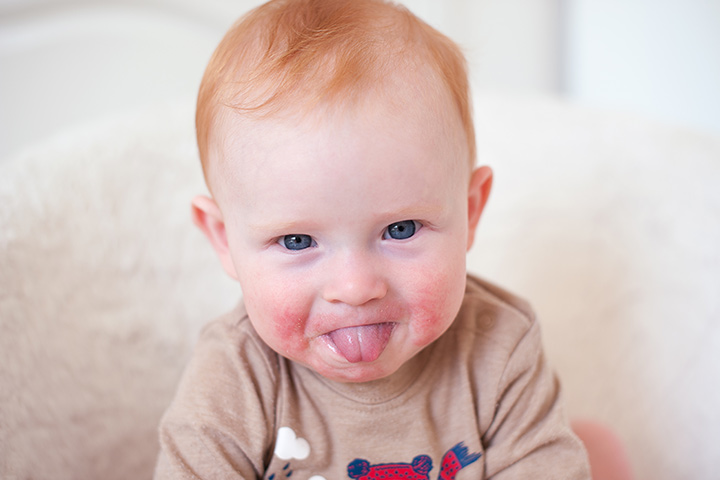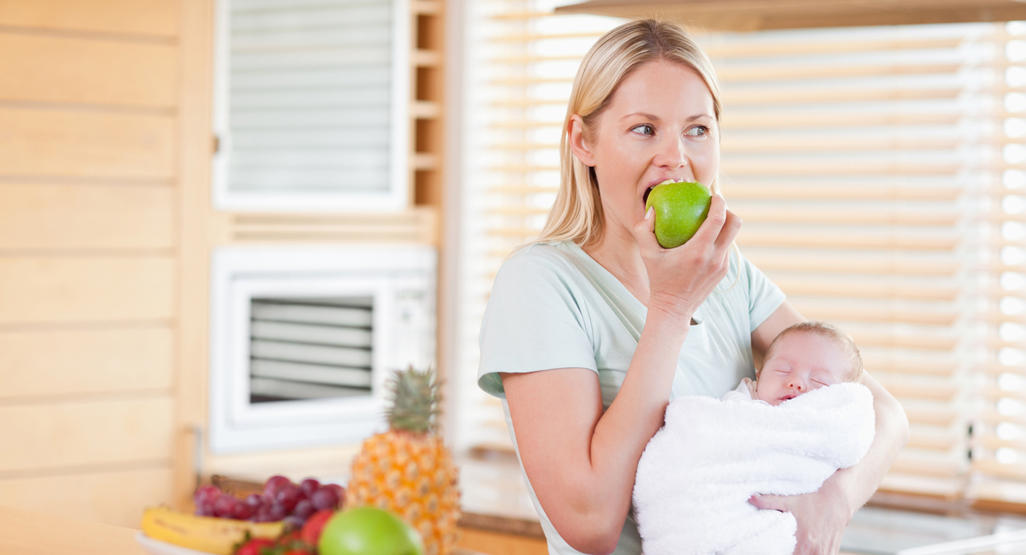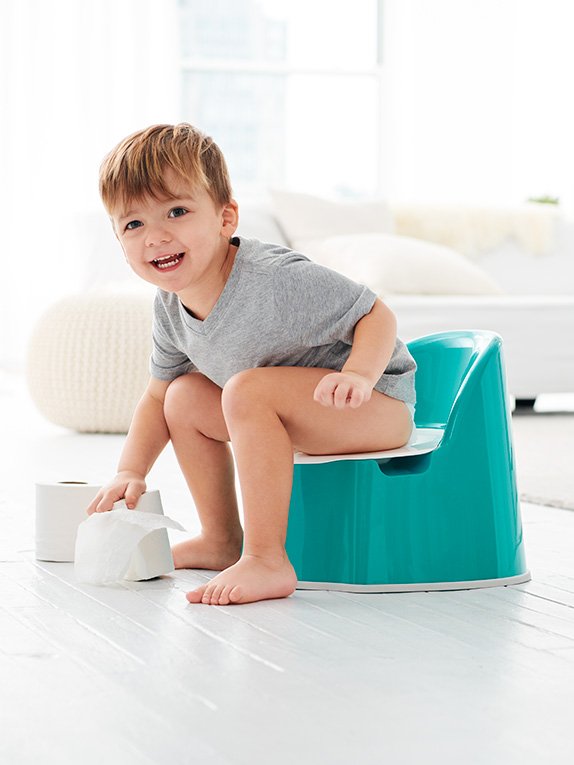Rashes are a symptom of a skin condition that typically results in red, swollen and irritated skin. Rashes can also cause discomfort such as itchy and scalpy skin. Rashes are usually caused by a specific irritant and it usually varies from person to person. Common irritants include allergens, dust, pollens and even heat.
Rashes can appear anywhere on your skin but they typically manifest on the face and limbs. Most rashes are not dangerous, but they do cause discomfort, especially to young children.
Here are some things that can cause a rash to appear on the skin:

1. Sun protection cream
Products like these offer valuable protection, but some of the content contained in them can cause problems if you have sensitive skin. Choose sunscreen without para-aminobenzoic acid (PABA), a substance that may irritate.
For your child over six months old, use sunscreen to block UVA and UVB rays that have SPF 30 or more. Using sunscreen that contains zinc oxide is a good idea.
For infants under six months, it is best to consult a doctor before using any sunscreen.
2. Antibacterial soap
Theoretically, this soap is good. However, from the aspect of use, antibacterial soap may pose some risks. Triclosan, a common ingredient in soaps like this, may irritate sensitive skin individuals. To get rid of germs, washing hands with plain soap and water is enough.
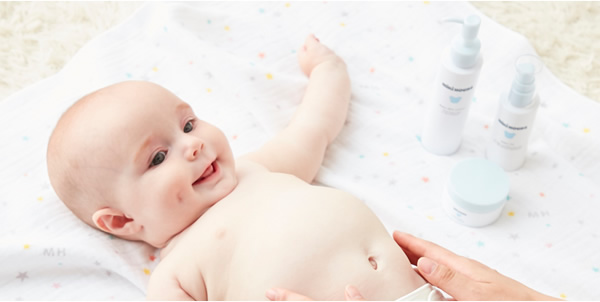
3. Moisturizing lotion
Moisturizing lotions typically prevents eczema instead of causing it, that is unless the lotion itself contains irritants such as fragrance oil that irritates your skin especially to babies whom are already more susceptible to eczema and rashes.
For dry skin, use mild soap, avoid rubbing dry skin after bathing and consult a doctor or paediatrician for appropriate lotion recommendations.
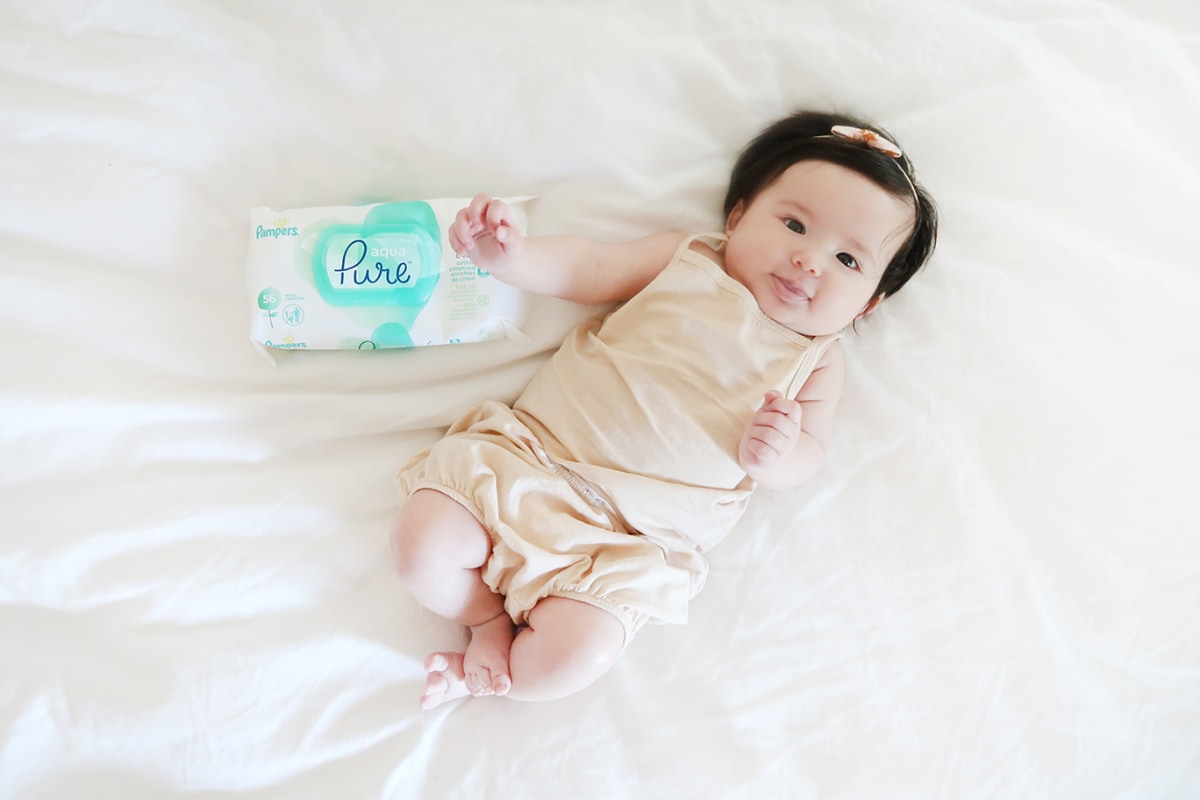
4. Wet tissue
Disposable wet tissue is one of the must-have items for parents who have small children. However similar to moisturizing lotion, it may contain fragrance oils that cause irritation. Thankfully, we’re not short of choices when it comes to wet tissues. Parents can take note to find wet tissues that are chemical-free, alcohol-free wet wipes.
5. Detergent detergent soap
The chemicals found in some detergent products may cause skin irritation. Children with eczema are more susceptible to rashes. To avoid this, use a mild detergent without the addition of fragrances or dyes.
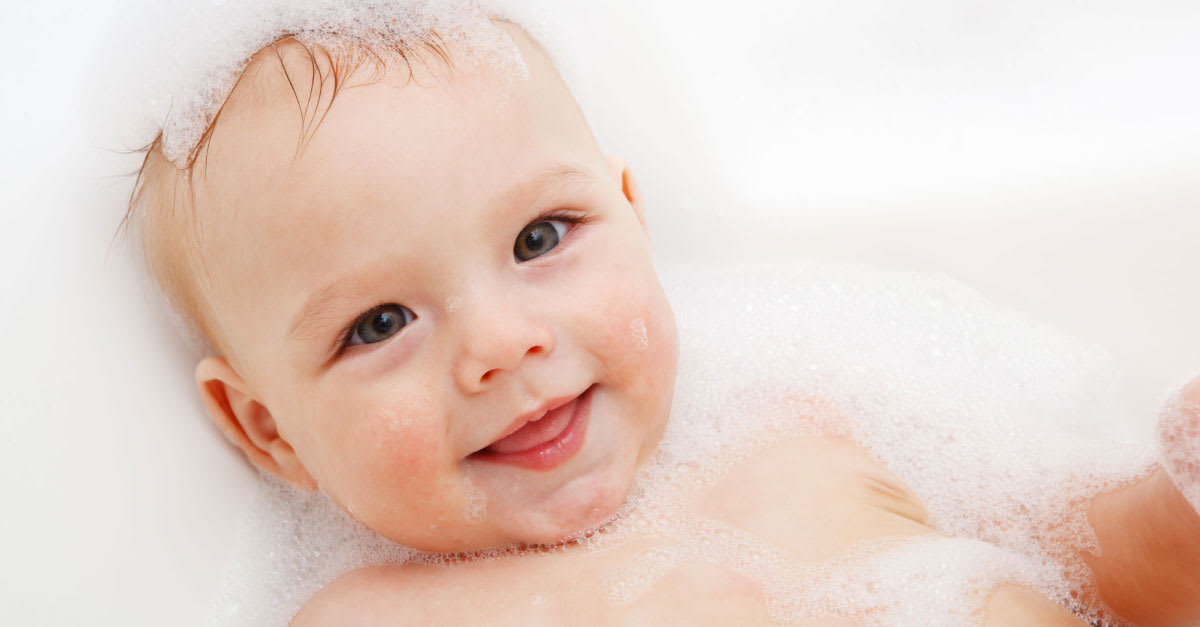
6. Shampoo and conditioner
By now we probably sound like a broken record. Check the label of shampoo and conditioner to make sure it is free of fragrance oil and chemicals before using it, especially on young children.
Research has found that substances such as phthalates, formaldehyde, and 1, 4 dioxanes are among the substances that tend to be harmful. As a safe measure, choose natural products with fragrances, chemicals and other ingredients in small quantities.
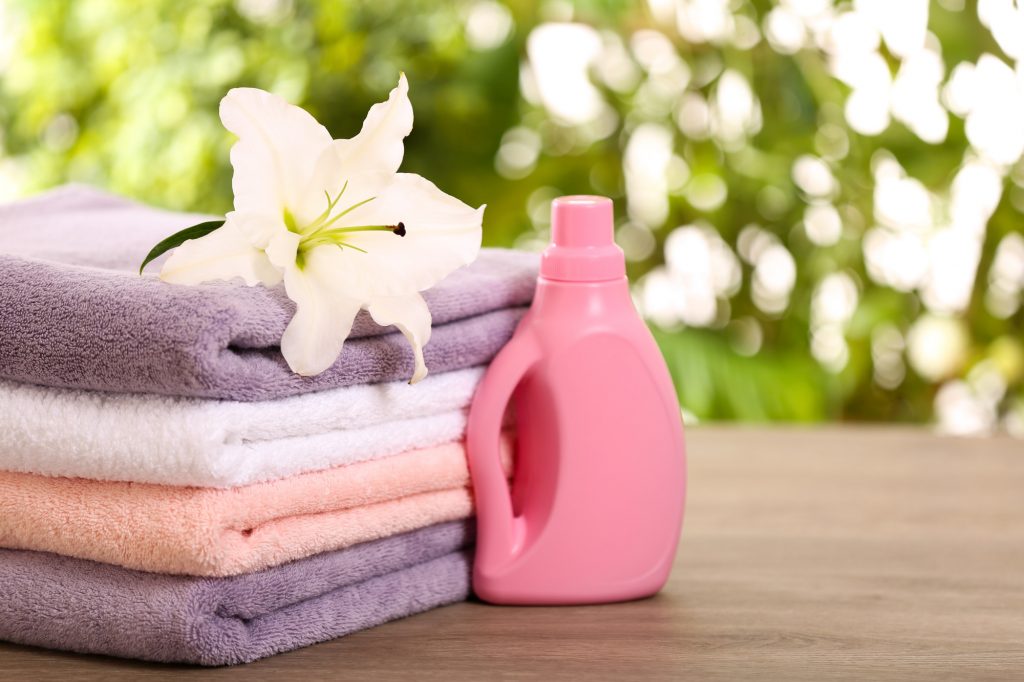
7. Clothing softener
If you or your child has sensitive skin, you may need to avoid using a softener. Products like these contain chemicals and fragrances, such as limonene and benzyl acetate – that can cause inflammation of the skin, eyes, nose, and throat.
Alternatively, you can add half a cup of baking powder or half a cup of vinegar to the washing machine to keep the fabric soft.
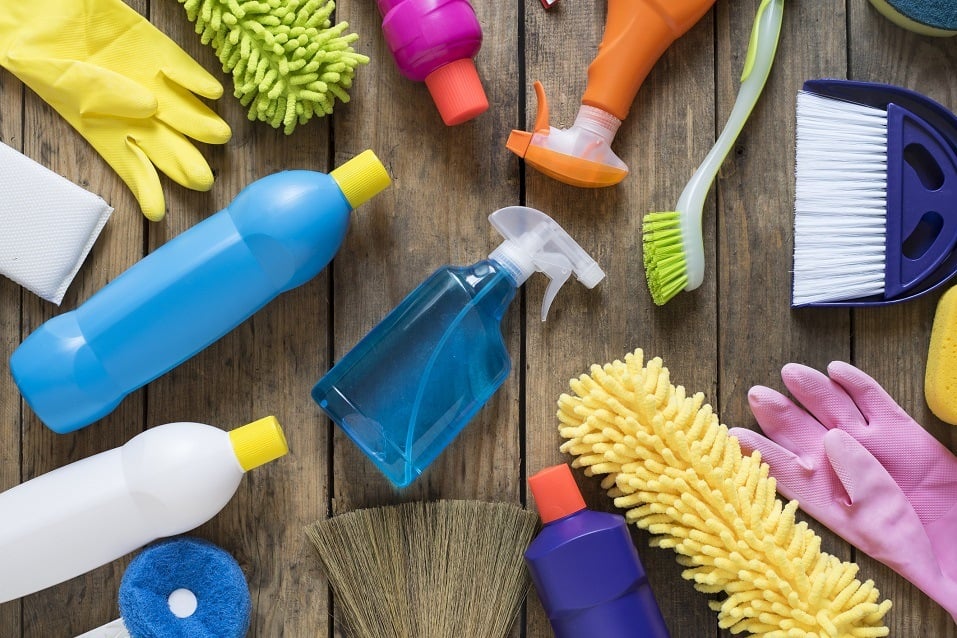
8. Home cleaning products
Do not just look at the uncontrolled ‘non-toxic’ label instead of reading the ingredients on home cleaning products
Substances such as alkylphenol ethoxylates (APEs) which is commonly found in detergents are very likely to cause rashes even to adults as they are strong chemical. Look for products that contain little added chemicals, or you can clean the house using water and baking powder or vinegar.

9. Preservatives
Even products specially labelled for babies, some soaps may contain formaldehyde, a preservative that can irritate the skin, eyes, and lungs. Soaps containing preservatives can also trigger eczema, one of the most irritating and itchy skin conditions, most common in infants and children, especially those with allergies or asthma.
It can be alarming when your baby develops rashes and finding the cause of rashes can get frustrating since it can be caused by almost everything they use. The good news is that rashes are typically not life-threatening. If you’re concerned about your child’s rash, or the rash is accompanied by a fever, call your paediatrician.



